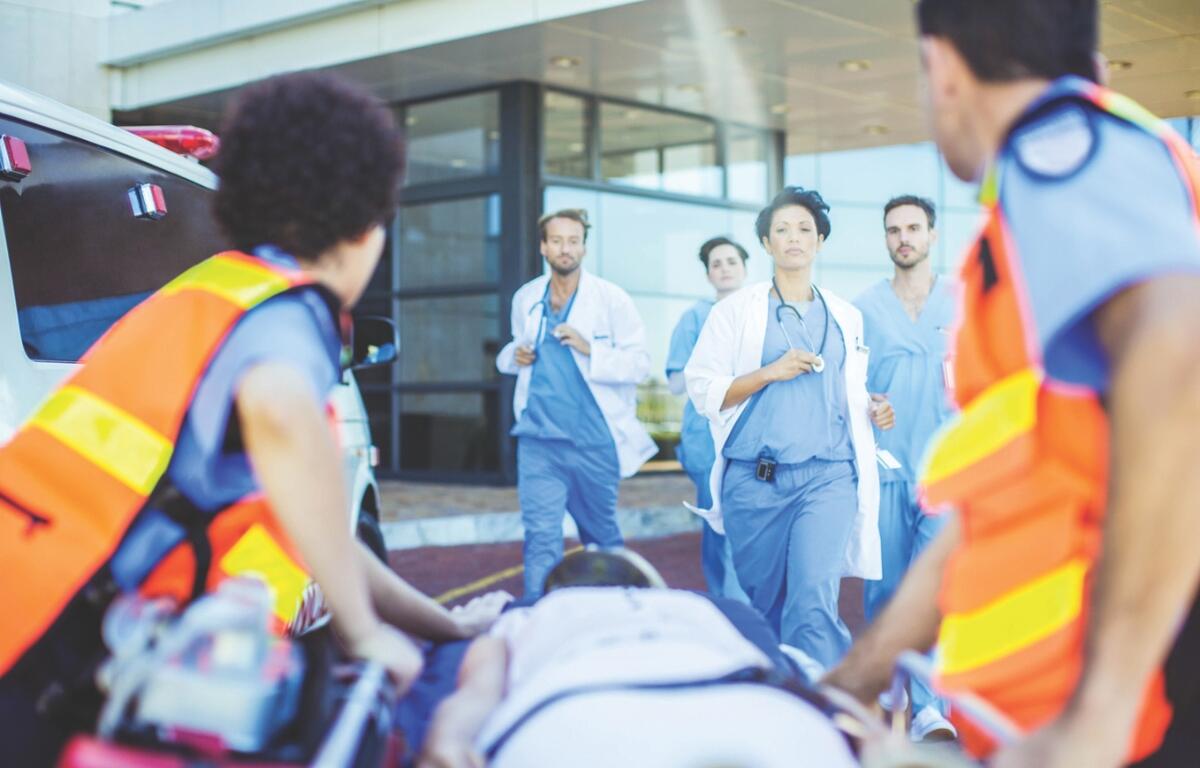In the Shenandoah Valley, first responders play a vital role in keeping communities safe. From wildfires and medical emergencies to public health crises and natural disasters, these individuals are often the first on the scene, facing danger, stress, and long hours. Yet their work sometimes goes under-recognized, and many come under strain without sufficient support. This article explores ways to support first responders in the Valley, highlights existing initiatives, and outlines how communities can help strengthen these essential services.
The Need: Challenges Faced by First Responders
First responders in the Shenandoah Valley face several ongoing challenges:
- Mental and emotional toll. Dealing with traumatic incidents, loss, high-stress emergencies, and long shifts can lead to chronic stress, PTSD, burnout, and other mental health issues.
- Physical risk. Wildfires, road accidents, delayed response times due to geography, and rugged terrain are part of the risks in this region.
- Resource constraints. Many rural and volunteer departments are stretched thin—limited volunteers, aging equipment, budget pressures, sometimes spotty access to training or wellness resources.
- Volunteer shortages. Many fire and rescue rely heavily on volunteers. Recruiting, training, retaining these volunteers is an ongoing challenge.
- Wellness and support gaps. Even when programs exist, they may not reach everyone, or be adequately funded. First responders may hesitate to access mental health resources due to stigma or lack of awareness.
Existing Support Initiatives in the Shenandoah Valley
Fortunately, there are already several programs and efforts in place to help with some of these issues:
- Virginia First Responder Support Services (VFRSS).
This non-profit (501(c)(3)) based in the Shenandoah Valley offers peer support training and emotional and mental health services to first responders across Virginia. Their services include confidential support conversations and referrals. - DCJS First Responder Wellness Grant Program.
Through the Virginia Department of Criminal Justice Services, this program provides funding to first responder agencies and non-profits to support wellness—mental, emotional, and physical. This includes wellness training, peer support, therapeutic equipment, conference attendance, etc. - Volunteer recruitment.
Local departments are recruiting volunteers for fire and rescue, EMS, and for supporting roles (administrative, supply, logistics). Even small contributions of time can help.
What More Can Be Done: Recommendations
To better support first responders in the Shenandoah Valley, here are several actions that individuals, organizations, and governments can take:
- Increase funding and resources
- Ensure departments (especially volunteer or small rural ones) have access to modern equipment, adequate protective gear, and reliable communications.
- Expand budgets for wellness programs, including mental health services, peer counseling, physical health support, etc.
- Expand training and access
- Regular, high-quality training in incident response, disaster drills, psychological first aid.
- Offer flexible training schedules to accommodate volunteers or those who also work other jobs.
- Strengthen peer support and reduce stigma
- Promote programs like VFRSS; ensure confidentiality, make accessing peer support easy.
- Public awareness campaigns to normalize seeking mental health support among first responders.
- Encourage more volunteers and retention strategies
- Provide incentives for volunteerism (stipends, tax incentives, recognition).
- Reduce barriers (e.g. cost of training, time commitment) wherever possible.
- Acknowledge and show appreciation regularly.
- Community engagement and partnership
- Local businesses can provide discounts, lodging, meals, or services for first responders.
- Schools, civic groups, churches can organize donation drives for necessary supplies or fundraisers.
- Residents can support through donations to non-profits operating in first responder wellness, or by attending recognition events.
- Policy and governmental support
- At the county/state level, legislation or funding that supports first responder wellness and ensures sustained support.
- Grants for small/rural departments.
- Coordination between municipalities for shared resources—mutual aid agreements, shared training facilities.
The first responders of the Shenandoah Valley carry heavy burdens but are essential to the safety, health, and resilience of valley communities. While many individuals and programs are already working to support them, more systemic, sustained efforts are needed.
Every citizen, business, and institution in the Valley has a role to play; whether it’s volunteering, funding, advocacy, or simply expressing gratitude and ensuring mental health resources are accessible. By strengthening this support network, the Shenandoah Valley can ensure its first responders have the tools, care, and recognition they deserve.




